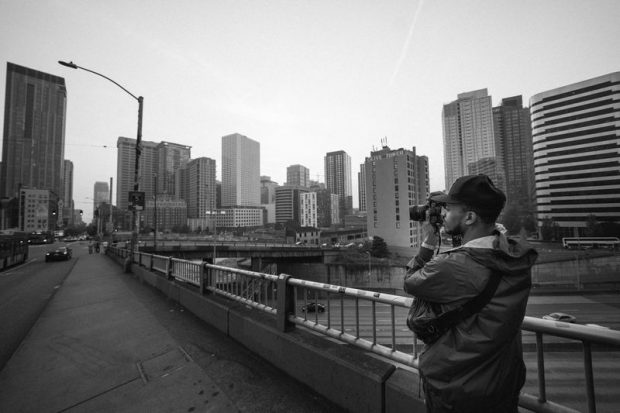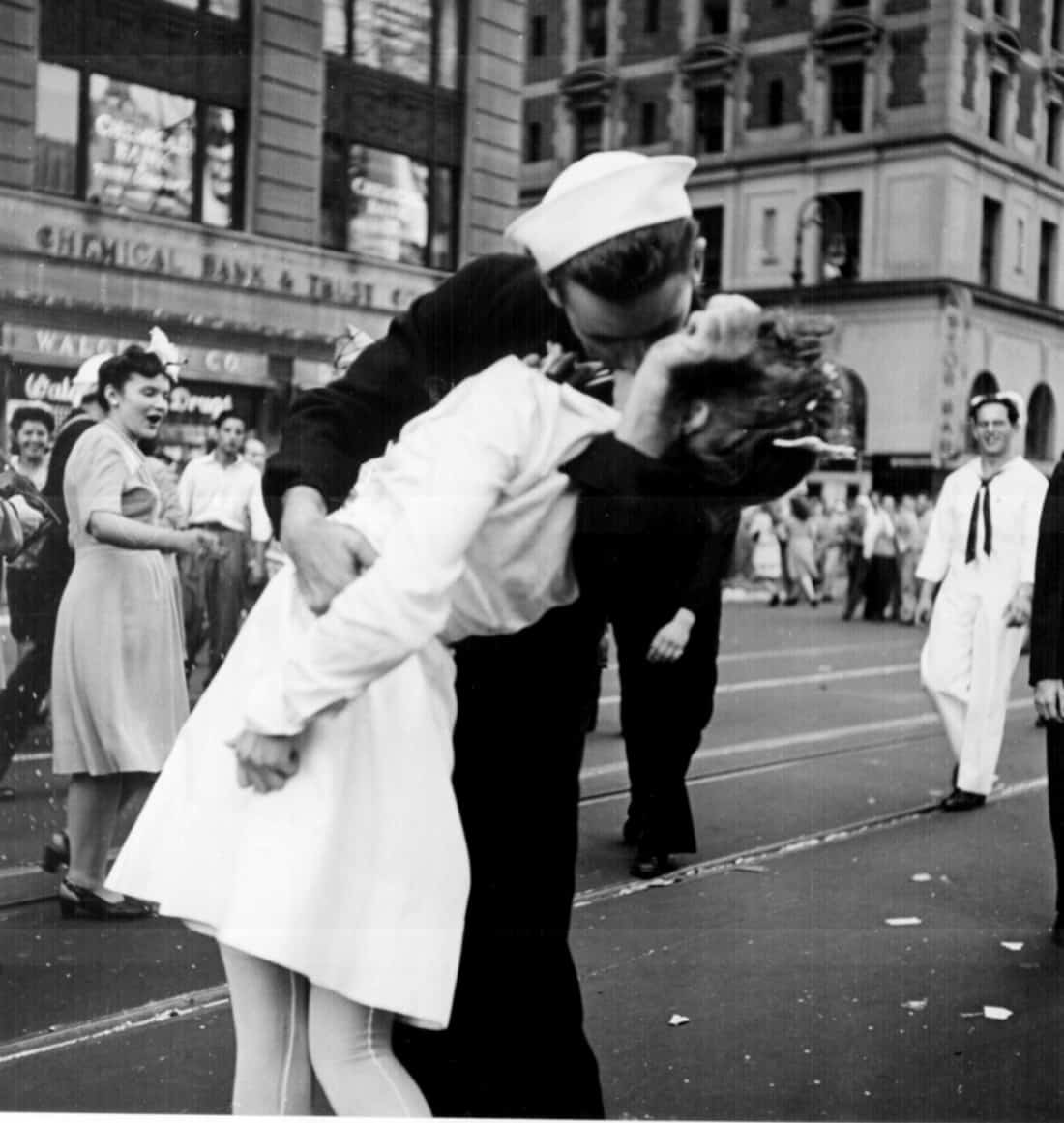Facts About Framing Streets Uncovered
Table of ContentsThe Buzz on Framing StreetsWhat Does Framing Streets Do?Some Of Framing StreetsThe Single Strategy To Use For Framing StreetsNot known Details About Framing Streets Little Known Questions About Framing Streets.
, usually with the objective of catching pictures at a crucial or touching moment by cautious framework and timing. https://www.cheaperseeker.com/u/framingstreets1.
Subsequently his boots and legs were well defined, however he is without body or head, because these remained in movement." Charles Ngre, waterseller Charles Ngre. https://www.huntingnet.com/forum/members/framingstreets1.html was the initial professional photographer to attain the technological elegance needed to register individuals in activity on the street in Paris in 1851. Professional Photographer John Thomson, a Scotsman collaborating with journalist and social lobbyist Adolphe Smith, released Street Life in London in twelve regular monthly installments starting in February 1877
Framing Streets - Questions
Eugene Atget is considered a progenitor, not because he was the first of his kind, however as an outcome of the popularisation in the late 1920s of his document of Parisian roads by Berenice Abbott, who was motivated to undertake a similar documents of New york city City. [] As the city established, Atget aided to advertise Parisian roads as a worthy topic for digital photography.

Some Known Details About Framing Streets
The chief Mass-Observationists were anthropologist Tom Harrisson in Bolton and poet Charles Madge in London, and their first report was produced as the publication "May the Twelfth: Mass-Observation Day-Surveys find more information 1937 by over two hundred observers" [] Home window cleaner at Kottbusser Tor, Berlin, by Elsa Thiemann c. 1946 The post-war French Humanist College professional photographers discovered their topics on the street or in the diner. Between 1946 and 1957 Le Groupe des XV annually exhibited work of this kind. Andre Kertesz. Circus, Budapest, 19 May 1920 Street digital photography formed the major material of two exhibits at the Gallery of Modern Art (Mo, MA) in New york city curated by Edward Steichen, 5 French Professional Photographers: Brassai; Cartier-Bresson, Doisneau, Ronis, Izis in 1951 to 1952, and Post-war European Photography in 1953, which exported the concept of street photography globally.

All About Framing Streets
The recording device was 'a concealed electronic camera', a 35 mm Contax concealed below his coat, that was 'strapped to the breast and attached to a lengthy cable strung down the right sleeve'. Nevertheless, his work had little modern effect as as a result of Evans' sensitivities about the originality of his task and the personal privacy of his subjects, it was not released until 1966, in guide Lots of Are Called, with an intro written by James Agee in 1940.
Helen Levitt, then a teacher of young youngsters, connected with Evans in 193839. She documented the temporal chalk illustrations - 50mm street photography that belonged to children's street society in New york city at the time, as well as the kids who made them. In July 1939, Mo, MA's brand-new digital photography section consisted of Levitt's operate in its inaugural exhibitRobert Frank's 1958 publication,, was considerable; raw and commonly out of focus, Frank's pictures examined conventional digital photography of the time, "tested all the formal regulations put down by Henri Cartier-Bresson and Pedestrian Evans" and "contradicted the wholesome pictorialism and sincere photojournalism of American magazines like LIFE and Time".